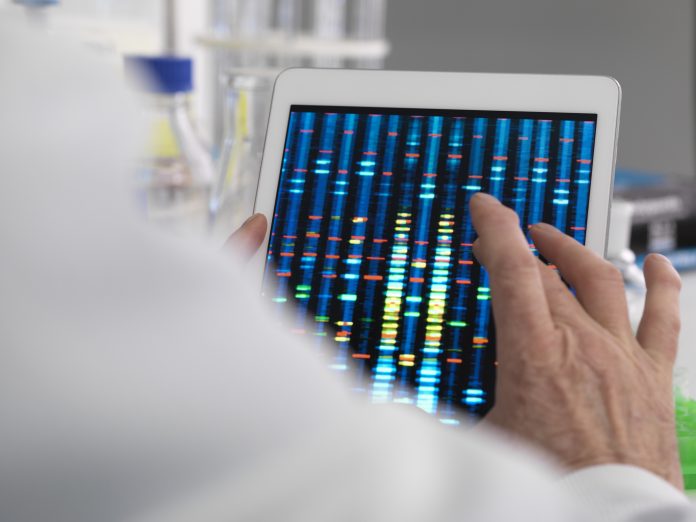
A set of genes underlying coronary artery disease (CAD) and triggering heart attacks has been identified in a major new study. Researchers uncovered 162 candidate CAD genes, which affect between one to seven disease-relevant tissues/cell types, including the arterial wall, blood, liver, skeletal muscle, adipose, foam cells, and macrophages.
The team comprises researchers at the Victor Chang Cardiac Research Institute, the Icahn School of Medicine at New York’s Mount Sinai, and other sites in Europe and the USA. Their study has been published in Circulation: Genomic and Precision Medicine.
The group suggests their results could pave the way for a new field of targeted therapies for coronary heart disease—the world’s biggest killer. Each year, about one in four deaths in the US alone are from CAD.
Six hundred patients who had coronary heart disease and another 150 without the condition were included in the study. All underwent open chest surgery for coronary heart artery bypass surgery or other medically indicated reasons. The team used Mount Sinai’s supercomputer—called “Minerva”—to crunch the numbers, analyze data, and collate information from thousands of genes.
Executive Director of the Victor Chang Cardiac Research Institute, Jason Kovacic, was lead author on the paper and says the study achieved three major breakthroughs:
“Firstly, we have now more accurately defined the precise genes that are likely to cause coronary heart disease. Second, we’ve identified exactly where in the body the main effect of those genes is—it might be in the heart arteries themselves that directly cause blockages, or perhaps the effect is in the liver to increase cholesterol levels, or in the blood to change inflammation,” adds Kovacic. “The third major achievement was to rank those genes—162 in total—in order of priority for causing coronary heart disease.”
Many genes have been associated with CAD in the past, the challenge has been to find out which ones matter.
As Kovacic said, “Some of the top genes identified on this list have never really been studied in the context of heart attacks before. To find these new important genes is really exciting but also a real challenge—as no one yet knows exactly how many of them cause coronary heart disease.”
Kovacic hopes the findings will invigorate research in the area and will lead to a whole new field of critical work related to heart attacks. He says this knowledge will allow researchers to go after these really critical genes that cause heart attacks, as we now know just how highly-deserving they are of immediate in-depth study to understand exactly how they cause coronary heart disease and if they might be promising drug targets for patients.
“Another important aspect of this study was that one of our previously suspected top genes —PHACTR1—was validated as being among the top two genes for causing coronary heart disease. We are very actively studying PHACTR1 in my lab as we know it causes not only coronary heart disease but also a whole range of other vascular diseases including migraine, fibromuscular dysplasia and spontaneous coronary artery dissection,” he said.
“However, even though it is potentially the single most important gene for causing vascular disease, scientists around the world have little idea of how PHACTR1 works—and we are determined to fix that.”
Yet another benefit to patients may be improved genetic testing.
“The current genetic tests that we have to screen for people at risk of coronary heart disease look at hundreds, if not thousands of genes. At present they aren’t particularly accurate, and mainly for this reason they are not being used routinely in a clinical setting,” says Kovacic.
“This refined and prioritized gene list we published in this study opens up many new possibilities in terms of more accurate genetic testing, as well as better understanding what causes heart attack, and developing targeted therapies for many of the new gene targets we have found.”













